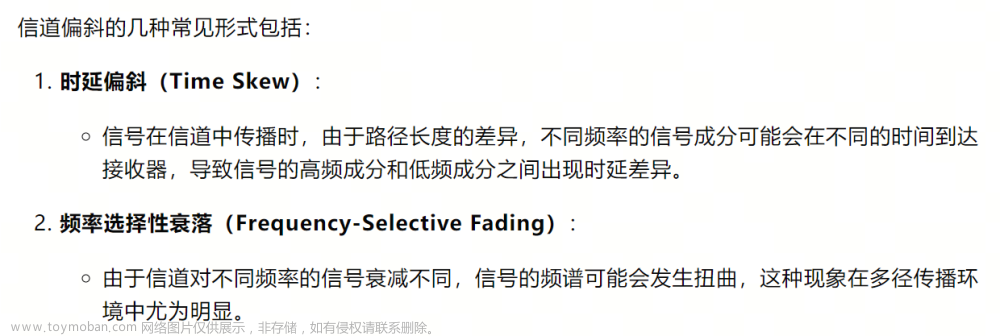题目:
For hardware synthesis, there are two types of always blocks that are relevant:
Combinational: always @(*)
Clocked: always @(posedge clk)
Clocked always blocks create a blob of combinational logic just like combinational always blocks, but also creates a set of flip-flops (or “registers”) at the output of the blob of combinational logic. Instead of the outputs of the blob of logic being visible immediately, the outputs are visible only immediately after the next (posedge clk).
Blocking vs. Non-Blocking Assignment
There are three types of assignments in Verilog:
Continuous assignments (assign x = y;). Can only be used when not inside a procedure (“always block”).
Procedural blocking assignment: (x = y;). Can only be used inside a procedure.
Procedural non-blocking assignment: (x <= y;). Can only be used inside a procedure.
In a combinational always block, use blocking assignments. In a clocked always block, use non-blocking assignments. A full understanding of why is not particularly useful for hardware design and requires a good understanding of how Verilog simulators keep track of events. Not following this rule results in extremely hard to find errors that are both non-deterministic and differ between simulation and synthesized hardware.
A bit of practice
Build an XOR gate three ways, using an assign statement, a combinational always block, and a clocked always block. Note that the clocked always block produces a different circuit from the other two: There is a flip-flop so the output is delayed.
我的解法:文章来源:https://www.toymoban.com/news/detail-812610.html
// synthesis verilog_input_version verilog_2001
module top_module(
input clk,
input a,
input b,
output wire out_assign,
output reg out_always_comb,
output reg out_always_ff );
assign out_assign=a^b;
always @(*) out_always_comb=a^b;
always @(posedge clk) out_always_ff=a^b;
endmodule
结果正确: 文章来源地址https://www.toymoban.com/news/detail-812610.html
文章来源地址https://www.toymoban.com/news/detail-812610.html
到了这里,关于Verilog刷题笔记17的文章就介绍完了。如果您还想了解更多内容,请在右上角搜索TOY模板网以前的文章或继续浏览下面的相关文章,希望大家以后多多支持TOY模板网!











